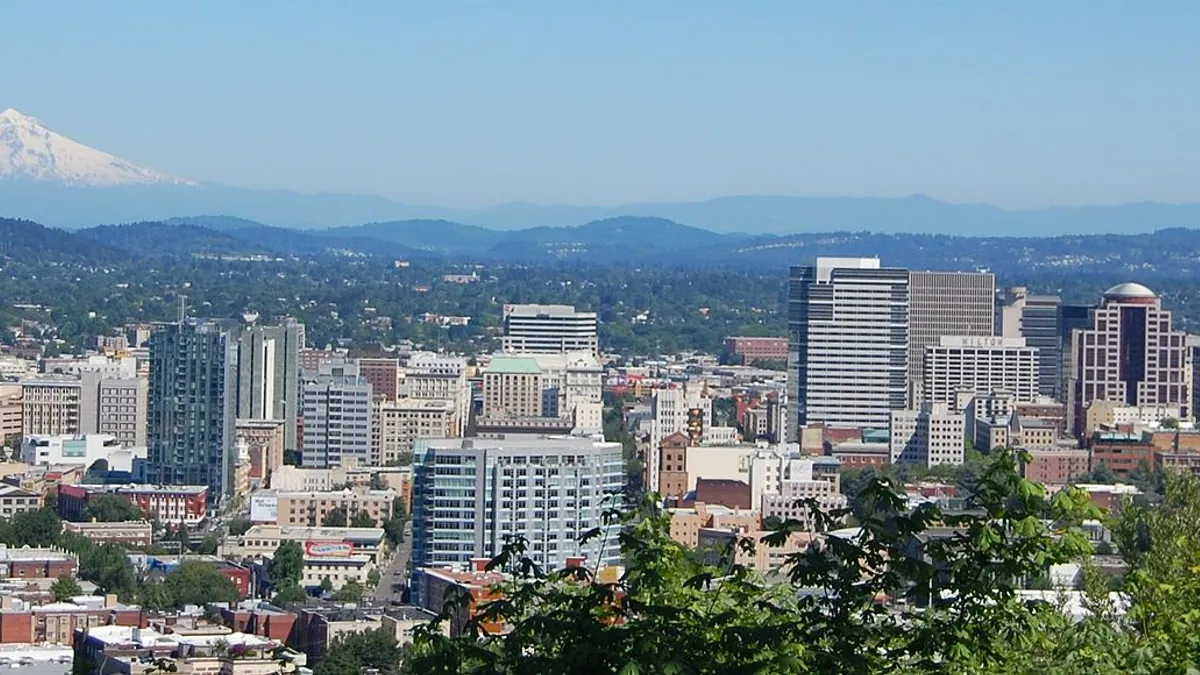Dive Brief:
- Metro — the regional government that manages Portland, OR's waste — has said it will be exploring all disposal options as a 30-year landfill contract with Waste Management nears completion in 2019, as reported by The Register-Guard.
- When the company's Columbia Ridge Landfill opened in 1990 it was one of the only local options for Portland's waste. In the years since, more landfills have opened and Metro has also expressed an interest in assessing potential waste-to-energy options as well. Metro sends an estimated 500,000 tons of waste to the site every year.
- Columbia Ridge can take about 2 million tons of waste per year and has another 116 years of estimated capacity remaining. Waste Management is currently looking for new sources of material in the event that Metro decides not to continue their relationship.
Dive Insight:
While some local governments in other parts of the country are pushing back against hosting landfills, Oregon's rural Gilliam County is reportedly satisfied with the jobs and $2-3 million in annual host benefits that Columbia Ridge provides. This removes one potential factor in Metro's decision about what could be another multi-decade contract.
A larger factor in this decision may be how Metro chooses to proceed on a potential commercial organics diversion requirement. While about 28,000 tons of material is currently being diverted every year, estimates show that another 200,000 tons is still going to local landfills. If Metro moves forward with voting on some type of requirement this spring, then it's possible they could try to partner with a company that could help with those processing needs. Though any decision about the city's refuse could also be made independently of this discussion.
Deciding whether to continue with landfills or pursue one of multiple conversion technologies is a complicated process, often dictated by local factors, and one that will require in-depth analysis in the years ahead. This will involve assessing how Portland's needs fit into the state's larger solid waste infrastructure. On a state level, Oregon has recently seen waste generation rates increase and may struggle to achieve its goal of 52% landfill diversion by 2020.















